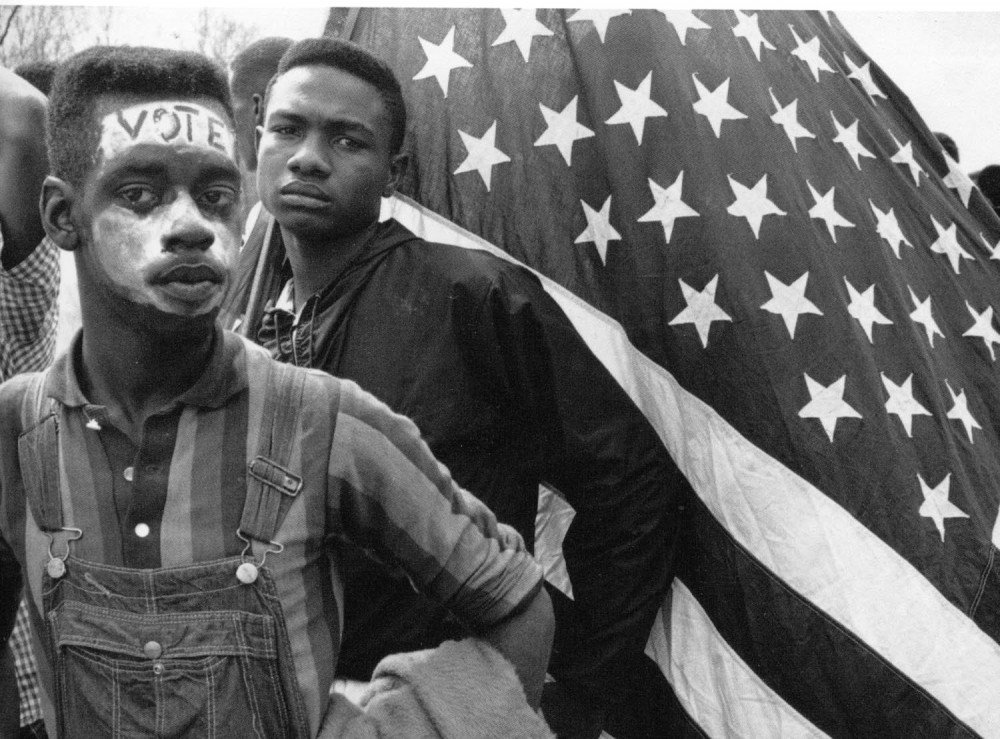Pardon merci, je suis le grand zombie
I’m just not human tonight
— Mekons, “Big Zombie”
I haven’t thought about anthropologist Wade Davis much since his 1985 nonfiction book The Serpent and the Rainbow was turned into what I thought was an icky film by Wes Craven in 1988.1
In L.A. I had a habit of picking up review copies and other first editions at Cosmopolitan Book Shop, where I got Davis’s book. I always had good luck there.
In his book Davis recounts his attempt to see if zombification in Haitian Vodou had a pharmacological component. I remember his tale being akin to Terence McKenna’s Food of the Gods, published seven years later, taking the reader on a similar, esoteric journey regarding psychedelics.2
So, on my birthday, last Monday, Wade Davis shows up on of all things, Christiane Amanpour’s PBS show. And he ain’t talking zombies. But perhaps he is. He was tapped because of an August 6 Rolling Stone article that went viral:

A sampling from that article…
-
- In a dark season of pestilence, COVID has reduced to tatters the illusion of American exceptionalism.
- More than any other country, the United States in the post-war era lionized the individual at the expense of community and family. It was the sociological equivalent of splitting the atom.
- In truth, at least in economic terms, the country of the 1950s resembled Denmark as much as the America of today. Marginal tax rates for the wealthy were 90 percent.
(Hmm… Maybe there is something to that MAGA hashtag.)
And then there is this:
The United States, virtually a demilitarized nation on the eve of the Second World War, never stood down in the wake of victory. To this day, American troops are deployed in 150 countries. Since the 1970s, China has not once gone to war; the U.S. has not spent a day at peace.
In essence, the U.S. has kept alive its corpse—once decimated by Depression, animated by WWII animus—only to be eviscerated by a military-industrial-congressional complex that planted “defense” plants in every district to insure an economic survival more akin to aspartame than, say, agave.
On July 23, two weeks before Davis published his article, Prof. Richard D. Wolff posted “Why a Cold War Against China?” in which he explains how the U.S. needs enemies to justify an insatiable military.
Predictably Wolff invokes Eisenhower, who warned us about the “conjunction” of arms manufacturers and arms consumers in his farewell address of January 17, 1961. What’s less remembered is that Eisenhower also said, “Those who have freedom will understand, also, its heavy responsibility,” which left open the United States’ exceptional place in the world. That responsibility, despite Eisenhower’s caveats, meant—and means—arming ourselves and our allies to the teeth rather than cultivating endeavors involved with life rather than death: education, health care, the arts—not to mention sustenance itself.
Three days later Wolff said “our economic system is on life support.”
And then last Friday Wolff published an article in which he discusses the Chinese economic model.
Rising labour productivity yielded rising average real wages (also rising far faster than in the West). Across these years, no Chinese troops fought in any foreign wars. Housing, education, health care, and transportation received massive investments; their supplies often grew ahead of Chinese demand for them.3

All of this is Economics 101.
Then on Sunday David Cay Johnston’s DCReport posted the following appeal:

But what about the tyranny of the military and its stranglehold over whichever choice you choose?
Vote? That’s something the walking, living dead do.
Notes
- Wade Davis, The Serpent and the Rainbow: A Harvard Scientist’s Astonishing Journey into the Secret Societies of Haitian Voodoo, Zombies, and Magic (New York: Simon & Schuster, 1985).
- Terence McKenna, Food of the Gods: The Search for the Original Tree of Knowledge – A Radical History of Plants, Drugs, and Human Evolution (New York: Bantam, 1992). Davis himself traced the ethnobotanical path of his mentor Richard Evans Schultes in One River: Explorations and Discoveries in the Amazon Rain Forest (New York: Simon & Schuster, 1996).
- I’m no apologist for China’s brutal treatment of its Muslim minority any more than for our own enslavement of our prison population. About a million Uighurs are locked up in camps for apparently ghastly crimes, thousands of which are forced to labor. In the U.S., 2.3 million are locked up for equally ghastly crimes, of which 54% of 1.5 million are involved in “work programs” that recompence for their own incarceration.


So right on! The majority of prisoners in the USA are people of color, minorities—Native Americans, Latinos, and Blacks. Many are locked up for minor offenses like being in possession of marijuana.
Like in China, they do hard labor to produce capital so everyone in the United States can drive two cars and shop at Whole Foods.
Prisons are run by corporations that are increasingly shutting down government prisons and privatizing them to make them “productive” institutions from which the wealthy can even get wealthier.
I have a former student who spent five years in a hard-core prison at a young age for DUIs. His life was destroyed and he is, of course, Latino.
Right on, mi camarada, my spiritual carnal.
Reading this today in the wake of the riots in Kenosha, I am asking myself, when is the appearance of force necessary? Do we just let rioting go on until it “burns itself out?” Or until they all kill each other while the rest of us cower in our homes hoping we can escape the next torch? Yet the picture of uniformed and armed police (or military) pushing forward with their shield is horrifying too. We are told, “Address the underlying causes.” How, when so many people have hate in their hearts?
I hear you, Milania. To your question, “When is the appearance of force necessary?”: I doubt the police are much concerned. Their maneuvers today, necessary or not, are but drills for what’s to come when businesses close forever, when uninsured workers are evicted and face bankruptcy, when their credit-card safety nets rend, when the climate becomes unbearable. The chicken-or-egg question about whether riots are deterred by or caused by shows of force probably isn’t all that relevant except to fence-sitting voters that Trump hopes to entice, his visit to Kenosha this coming Tuesday being a case in point.
The descendants of slaves never were consulted about whether the police, who brought antebellum runaways to heel, should be institutionalized in the neighborhoods their forebears were afforded upon emancipation. That institution was susceptible to reform only by revision, never by remodel—never by comprehensive consideration by the community—let alone by revolution. When will the unrest “burn itself out”? Maybe not until such a conversation takes place. Then, hate in the heart might abate.
But for now, as Pete Seeger wrote in the ’50s via Ecclesiastes, “to everything there is a season.” Now seems to be the time “to weep,” “to break down,” “to mourn,” “to rend”: “a time for hate.” And for years now it’s been a time for African Americans to cast away the stones of a docility that, gathered together, they’ve been told would keep them alive. I’m intrigued by how much resistance is outside the paradigm of the organized lunch-counter sit-in of old. One by one by one by one, each individual defying The Man. This is, as Wade Davis writes of the American unraveling, one aspect of “the sociological equivalent of splitting the atom”: the blue bloc no longer can count on the Black bloc.
Greg Palast isn’t a favorite journalist. At least one of his books was so sloppy it made me question everything else. But his work on voter suppression, even if the stats are wrong, demonstrates how unredeemable the system is.
https://youtu.be/2dJu0yHhU9s